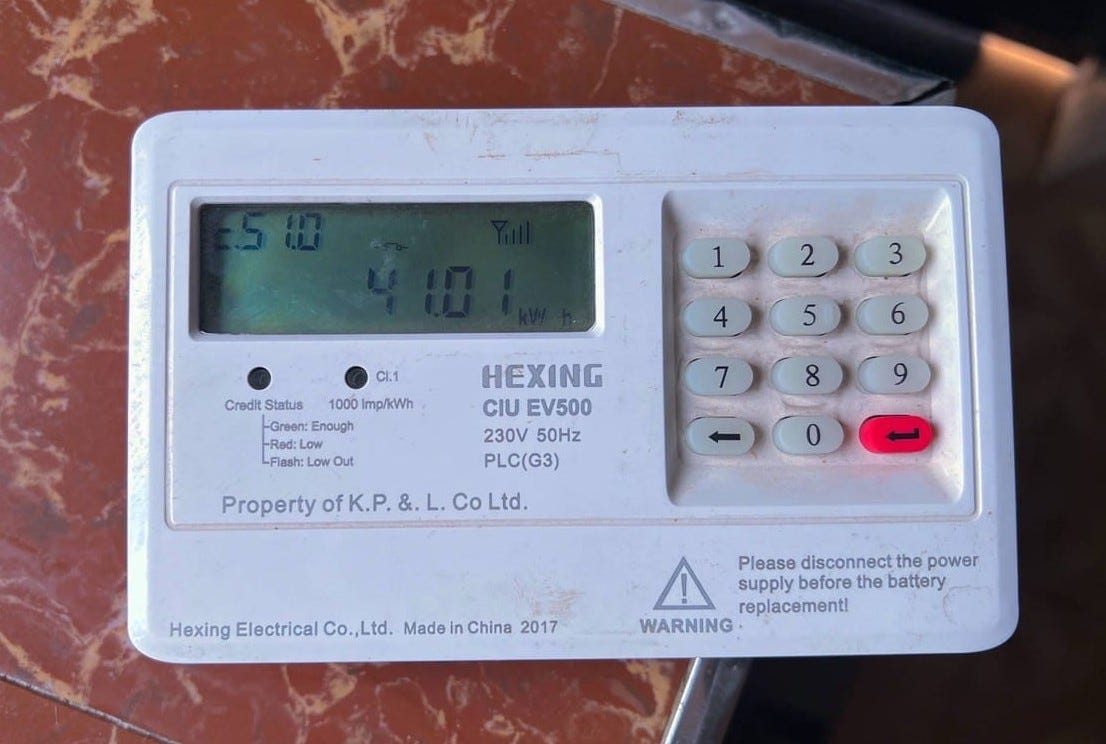Kenya's electricity demand reaches all-time high in October

Kenya Power sold 934.54 million units of electricity, surpassing the previous record of 923.13 million units set in August 2024.
Kenya recorded its highest electricity consumption in October, with Kenya Power selling 934.54 million units of electricity, surpassing the previous record of 923.13 million units set in August 2024, according to data from the Kenya National Bureau of Statistics (KNBS).
This represents a 1.2 per cent increase from August and a 6.5 per cent rise compared to the 877.48 million units consumed in October 2023.
More To Read
- My staff wanted to hit back after garbage dumping at Stima Plaza but I resisted - Kenya Power boss
- Kenya Power warns of looming tariff hike over counties wayleave charges
- Angry Mandera residents take to the streets to protest prolonged power outages
- Sakaja faces MPs' fury over garbage dumping outside Stima plaza
The growth in demand has been fueled primarily by commercial and industrial customers, who remain the utility's largest revenue contributors.
Kenya Power's latest annual report indicates that sales to this segment reached 5,415 gigawatt-hours (GWh) in the year to June 2024, up 5.4 per cent from the previous year. Revenue from this category rose from Sh97.5 billion to Sh117.6 billion during the same period.
The rise in electricity sales has also been supported by Kenya Power and the Rural Electrification and Renewable Energy Corporation (REREC) adding 294,806 new customers to the national grid in the year to June 2024.
"Our sales growth is driven by increased demand from new and existing customers, increased system efficiency, and improved quality and reliability of power supply," the utility stated in its annual report.
Kenya generates electricity from hydro, geothermal, thermal, solar, wind, and co-generation sources.
It also imports electricity from Uganda and Ethiopia, with a recently connected grid to Tanzania facilitating power trade.
Despite these efforts, the rapid rise in demand has occasionally strained the national grid, leading to power rationing.
Looking ahead, the utility anticipates continued growth in electricity demand, partly driven by emerging sectors such as electric mobility.
In October, sales from electric vehicle (EV) charging contributed 1.2 GWh, signalling a promising avenue for future demand growth.
Additionally, Kenya Power is leveraging initiatives like the Time of Use (ToU) tariff, which offers manufacturers lower rates during off-peak hours, and the promotion of e-cooking to encourage more electricity use.
Top Stories Today




















